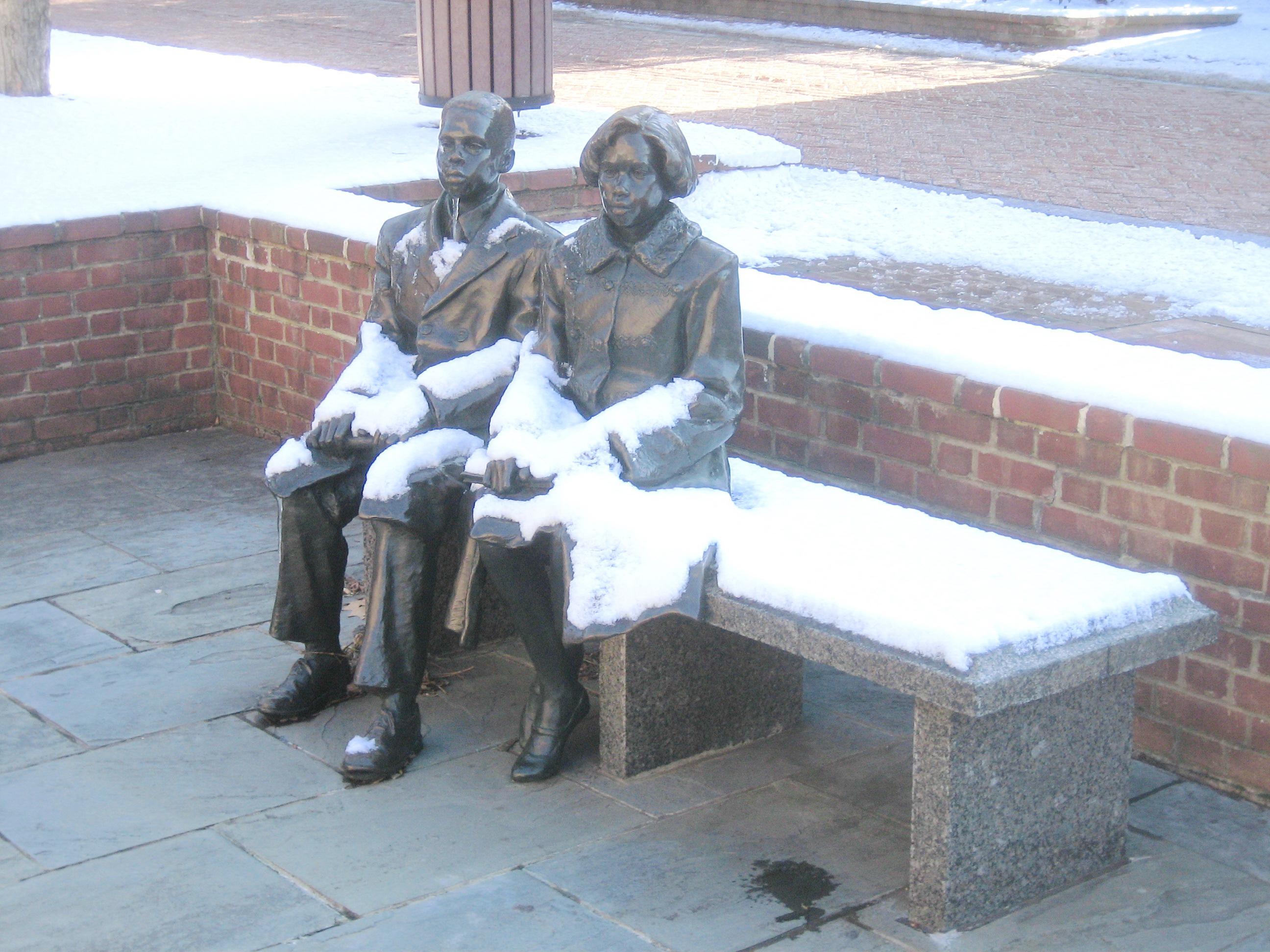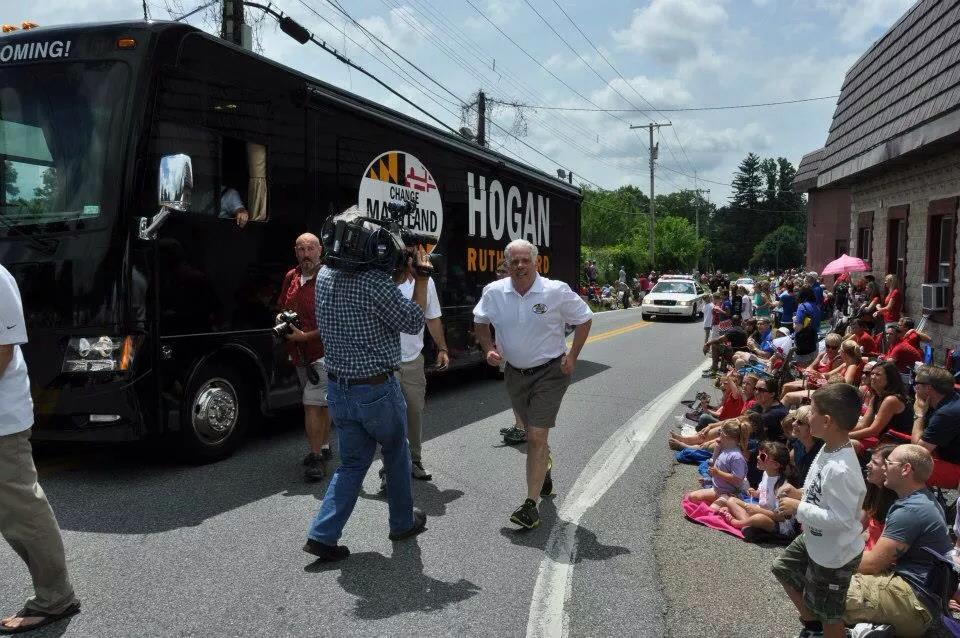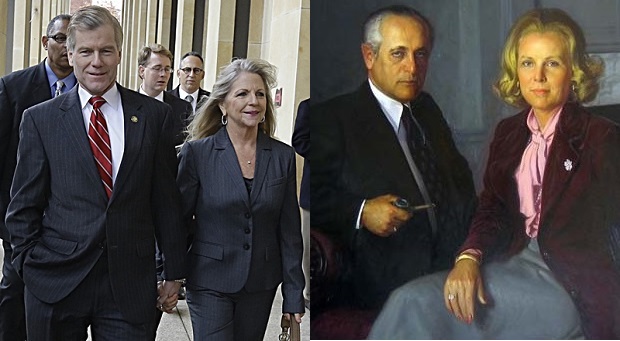By Todd Nedwick
For MarylandReporter.com
This past weekend we found out winter is here – and with it comes cold drafts of air in homes and apartments across Maryland. Leaky windows, aging HVAC systems, and poorly insulated buildings will mean too many low-income families can’t keep the warm air in and the cold air out.
The good news is Maryland’s Department of Housing & Community Development has a new plan to add energy efficient upgrades in 14,000 homes and apartments for low-income families through 2020. That’s a definite improvement over the status quo.
The bad news is Maryland is home to more than a half million low-income households, meaning it would take 109 years to reach all eligible households under the state’s plan. Maryland can and should do more to lighten their burden.
Fortunately, the Maryland Public Service Commission can do just that. Within the next month, the PSC will either approve, reject or modify the housing department’s plan as part of the EmPOWER Maryland Energy Efficiency Initiative.
The PSC should take concrete steps to bolster the state’s efforts to improve energy efficiency in the homes and buildings of low-income Marylanders.
Steps PSC should take
First, the commission should enact a specific, ambitious low-income residential energy savings goal, to make sure energy efficient upgrades occur in the homes and apartments where they are most needed since energy costs are regressive. Indeed, more than 106,000 low-income Maryland households devote 36% of their income to energy costs and another 114,000 households face a home energy burden of 19%.
Retrofitting a low-income family’s home can make it 25% more efficient than the average household and reduce up to 30% of that family’s energy burden.
Next, direct the state to increase spending on low-income efficiency programs to $39 million per year — a 40% increase over current budgets. That would put Maryland on par with its peers in terms of spending on energy efficiency for low-income households.
The typical energy burden for low-income households is more than two times higher than that of the median income household and three times higher than high income households, according to the American Council for an Energy Efficient Economy.
Families that can’t afford heating and electricity may cut back on necessary energy use and inadequately warm or light their homes, which can result in negative health consequences.
Many benefits
Helping low-income Marylanders save energy – and money – will carry many benefits, including, more affordable housing, reduced arrearages, bad debt write-offs, fewer terminations and reconnections, higher comfort levels, better lighting quality, reduced water and sewer bills, reduced tenant turnover, and reduced greenhouse gas emissions.
To date, Marylanders have saved more than 51 million megawatt hours of electricity under EmPOWER Maryland, equivalent to the electricity used by 850,000 residential customers in five years. That’s good news, but more work remains to be done.
The PSC can deliver an early holiday present for tens of thousands of the most vulnerable Marylanders by requiring greater investment in their homes and buildings.
Todd Nedwick is the Housing and Energy Efficiency Policy Director at the National Housing Trust, a nonprofit that protects, improves, and maintains existing affordable housing. He holds a master’s in public policy from the University of Maryland, College Park.







Recent Comments